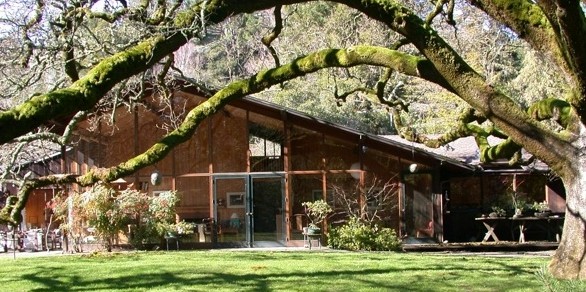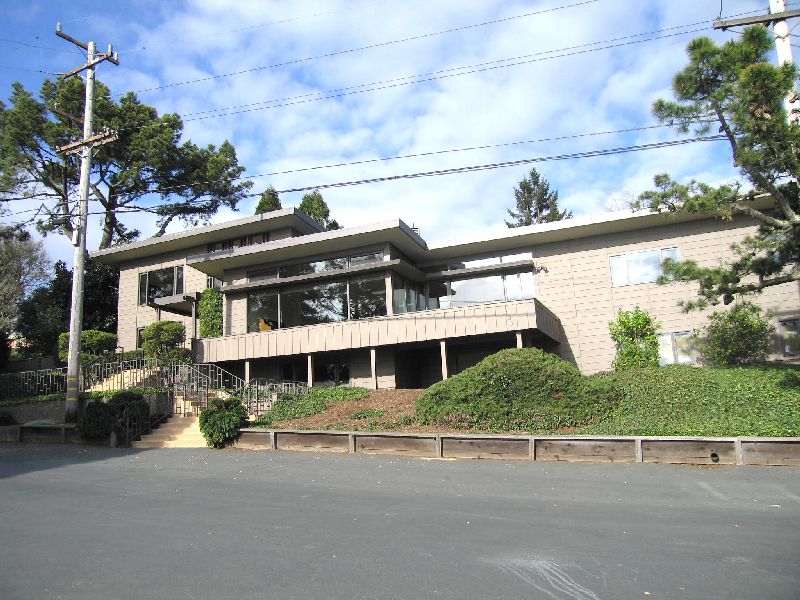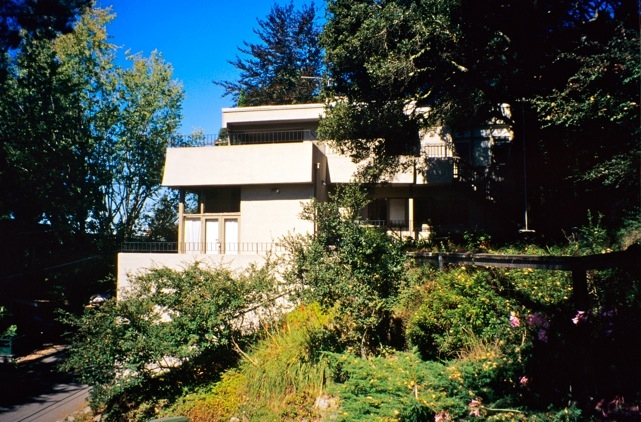
Pioneering Women of Mid-Century Design
 |
|
|
Modern architects of the mid-century were among the most progressive thinkers of their time – but not when it came to professional equality with women, according to an enlightening essay by city planner and historian Inge Horton.
Her essay, published online by the group Docomomo, which focuses on the preservation and study of modern architecture, is not a plaint, but a celebration of the work mid-century modern women architects were able to turn out despite societal hindrances.
“It gives me pleasure,” she writes, “to set the record straight and to expand the history of Modernism by including examples to show that women were present and significantly contributed to the modern movement in the San Francisco Bay Area; some as outstanding architects with innovative designs, others as everyday architects who created livable houses and places of work, and still others as teachers positively influencing the next generation.”
 |
|
|
Horton is the author of the book ‘Early Women Architects of the San Francisco Bay Area,’ which focuses on the years 1890 to 1951 but includes some information on modernists working in later years too.
Among women in California designing modern homes and other buildings in the 1940s through the 1960s, she mentions Betty Witkin (née Elizabeth Hillier), Jane Parug (née Moorehead), Rebecca Wood Esherick, and Lois Langhorst.
Several of these women architects worked along side their husbands, including Lois Langhorst, whose husband was Fred Langhorst, Rebecca Wood Esherick, who was married to Joe Esherick, and Jane Parug, married to Rifat Parug.
Several designed projects on their own, including Rebecca Wood Esherick, who designed the family’s home.
Women were often discouraged from studying architecture. And many men preferred not to work alongside them, Horton says, simply because they were different, or because men thought they would not work as hard, or would prove disruptive.
In 1941, Horton reports, architect Lois Wilson Worley sought to work in the office of William Wurster, one of the top early modernists in the Bay Area.
 |
|
|
“At that time, Wurster did not allow women in his office – not even a secretary - because he feared that they would distract his team,” Horton writes, noting that Lois Worley got something out of the office, meeting and later marrying architect and future professional partner Fred Langhorst.
Wurster had just married Catherine Bauer (Wurster), an eminent urban planner and housing advocate who influenced his thinking about architecture and society in many ways. She also changed his view on women in the architectural studio.
“The story with Wurster is, he got married to Catherine Bauer and she slowly changed his attitude,” Horton says, “and then later women worked in his office.”
One woman he did hire, Audrey Ksanda, in 1949, wound up marrying one of Wurster’s partners, Donn Emmons, Horton says. Audrey Emmons joind another firm, and later ran her own office.
Today, Horton says, while prejudice against women in architecture remains, many prominent architects are female – though their representation atop major firms is scant.
Women began entering the profession and becoming leading designers starting in the 1970s, as part of the Women’s Movement. It was in 1972 that people in the Bay Area formed the Organization of Women Architects and Design Professionals to encourage and assist women in the field.
- ‹ previous
- 461 of 677
- next ›



